How To
How to design a good RPG
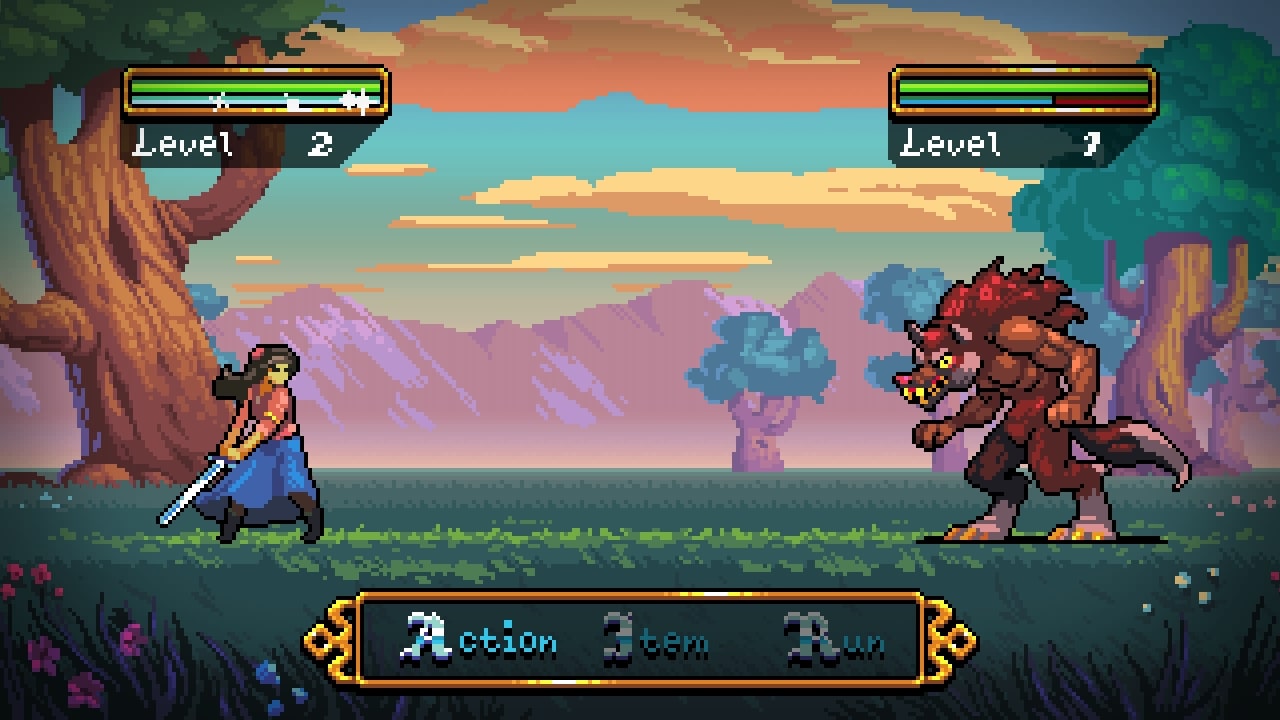
- May 29, 2019
- Updated: July 2, 2025 at 4:52 AM

There’s a common mistake among gamers that if you’ve played one RPG, you’ve played them all. The genre has been around since the earliest days of gaming, yet many gamers picture RPGs as monotonous, grindy slogs where fantasy characters take turns hitting each other. While there are several RPGs that can fall under this description, the last several years have brought us many RPGs with unique, fresh ideas that expand upon the classics of the genre. Games like Undertale, LISA, and the Souls series have shown that the genre isn’t getting stale. But what exactly makes a good RPG? And why is designing one so difficult?
Here are some of the most essential components of a good RPG:
Create an engaging battle system
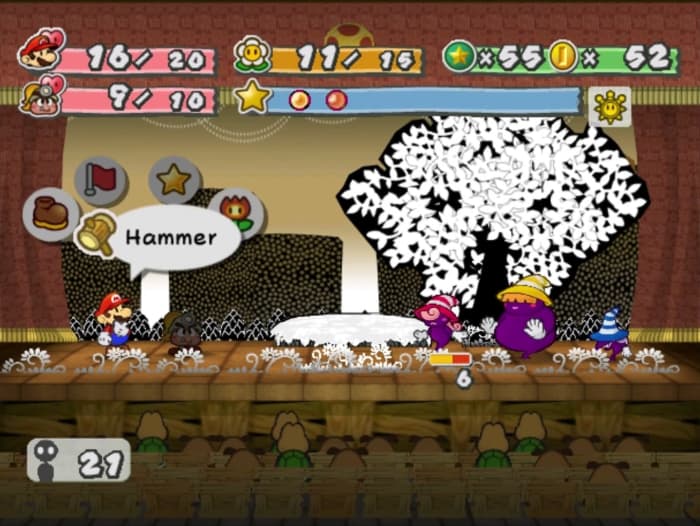
A common criticism of RPGs is the monotony of turn-based combat. Battles could be seen as timewasters where the combatant with the better stats keeps clicking the same button until they win. That isn’t to say that turn-based combat has no place in 2019, but there must be either a hook or some sort of rhythm to the combat.
An excellent example of a hook is the “action command” system found in the various Mario RPG series. In the action command system, the player can press buttons at the right time to change certain attacks. For example, pressing A as soon as Mario’s jump attack hits an enemy in Paper Mario causes him to jump again, adding extra damage.
On the flipside, pressing different buttons with the proper timing while the enemy is attacking in the Mario & Luigi series causes the pair to either jump over attacks (avoiding damage) or hammer the enemy for a counterattack. The action command system adds a sense of liveliness to battles, forcing the player to constantly pay attention and engaging them with reflexive gameplay.
How Persona 5 mastered turn-based combat
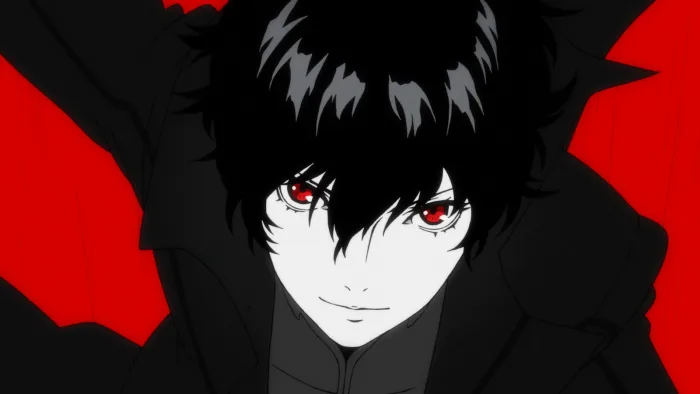
It’s also entirely possible to create engaging turn-based combat without including any action elements. Persona 5 is widely considered to be one of the best modern RPGs, and its turn-based combat system remains engaging for hundreds of hours even without any hooks or gimmicks. At first glance, the game features a typical attack/guard/item/magic combat system. So how does P5’s combat remain fresh?
In Persona 5, how you start a fight is just as important as the fight itself. In the overworld, there are three ways a fight can start: you can sneak up on an enemy and ambush them to give your party a free turn, the enemy can ambush you to give themselves a free full turn or you encounter each other at the same time. Having one free turn makes all the difference in the world due to the game’s “One More” system.
All combatants, both enemies and party members, have specific elemental weaknesses, and getting hit by an attack of that element will cause that combatant to fall down. When a combatant knocks another down, they are allowed a free turn (One More). If the player’s party manages to knock down all of the enemies, they are able to hold the enemies hostage, beginning a sequence where the player can either deal massive damage with an All-Out Attack, demand money, or convince the enemy to join them. Choosing any of these options usually ends up ending the battle, allowing players to quickly dispose of enemies whose weaknesses they already know. While this system may sound like it makes combat easy, the players are also vulnerable to being knocked down and comboed to death, making momentum and speed essential to victory.
This system simultaneously allows regular enemy encounters to be quick and breezy while allowing boss battles to be drawn out, epic affairs. Boss and miniboss enemies typically have few weaknesses, forcing the player to balance dealing damage and surviving rather than ending the battle as quickly as possible, massively overhauling the way they approach combat. This sense of versatility and momentum is what allows Persona 5’s combat to be the most dynamic turn-based combat system ever created.
An engaging turn-based RPG must either feature some sort of engaging hook or a sense of rhythm that eliminates the feeling of “taking turns whacking each other”.
Make quests seamless with the game world
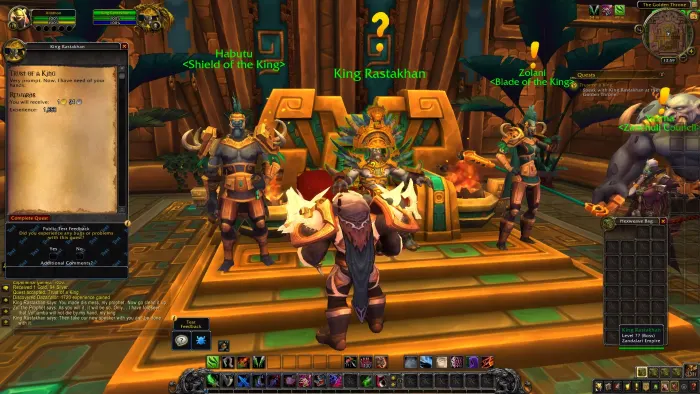
There’s a reason badly designed RPGs feel like a full-time job. The quests you’re given feel like arbitrary tasks (ex: Kill 10 enemies! Find 10 blue gems!) rather than rewarding, story-worthy adventures. These quests offer all of the tedium of actual work without the sense of productivity and accomplishment.
To avoid “checklist quests” and “fetch quests,” quests must feel like a natural extension of the game’s world. Finding quests should not involve a collection of NPCs hanging around a hub with exclamation marks over their heads, dolling out quests to anyone who talks to them. Conversations with NPCs should seamlessly and naturally segue into quests, leading to the feeling of helping real people with real problems. Here’s an example of this done correctly in the Skyrim quest A Night to Remember:
If the player stops to relax at one of Skyrim’s many taverns, there’s a chance they can run into a man named Sam Guevenne. If spoken to, the friendly man challenges the player to a drinking contest. After getting sufficiently sloshed, the player blacks out and wakes up in Markarth’s holy temple. What follows plays out like a fantasy version of “The Hangover,” and has the player return stolen goats to giants, undo their marriage to a Hargrave, and even encounter a god of mischief.

Complete Guide to Skyrim
Read Now ►This quest is brilliant for a few reasons. For one, when the player talks to Sam, there’s no indication that a quest is starting at all, what happens is a natural consequence of the actions of the player and an NPC. Additionally, the player slowly unravels a story throughout the quest. The story is expansive enough to be a tale worth telling without overtaking the urgency of the main questline. Lastly, the quest adds some flavor to the world of Skyrim, giving some insight as to how the people of the world live their lives and react to specific situations. Quests like these create water cooler moments far above the typical fetch and checkmark quests that invade many RPGs.
Respect the player’s time
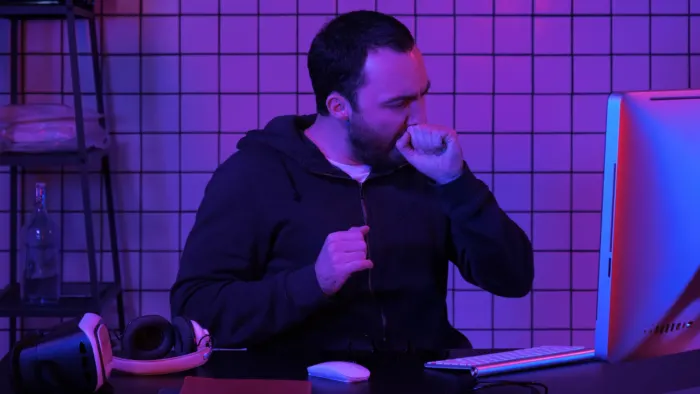
In today’s loot box and grind-heavy gaming landscape, gamers are having their time wasted more than ever. Unfortunately, RPGs are the guiltiest of all genres for this. When adult gamers sit down to play a game, they are placing faith in the game to entertain and engage them for their few moments of free leisure time that day. They’re not in high school anymore, and they can’t stay up till 3 a.m. playing games anymore. If you want to make a successful RPG in 2019, you need to respect the player’s time. This rule takes precedence over everything else, including creating a unique battle system or interesting quests. Here are a series of tips that prevent you from wasting the player’s time:
- For the love of all that is holy, do NOT include unskippable cutscenes that repeat every time the player loses a battle or sequence. There’s no faster way to make a player completely disregard or flat out hate a cutscene than to force them to watch it repeatedly. Anybody who’s played Kingdom Hearts has had “THERE’S NO WAY YOU’RE TAKING KAIRI’S HEART!” permanently burned into their brain against their will.
- For regular enemy encounters, keep battles short. Make attacks do enough damage to end the battle in a few turns, whether that be either win or lose.
- Keep attack animations short. For long RPGs, the player will inevitably see the same attacks hundreds of times, and seeing Sephiroth destroy the solar system for the nth time is not nearly as amusing as it was the first time.
- DO NOT include random encounters. These discourage the player from exploring the world at their own pace and turn battles into a chore because the player is not expecting or desiring to fight at the moment. How many Pokemon players complained about the endless Zubats that badger them in caves? Keeping enemies visible on the overworld, which allows the player to choose whether to engage or avoid them, lessens player frustration considerably.
- If the player is significantly stronger than an enemy, the resulting battle should be extremely quick. Having to waste time taking down weak enemies does not lead to a sense of accomplishment, it’s just a waste of time (again, think Zubats). Earthbound solves this problem by simply having the player obliterate any enemy significantly below the player’s level by touching them, granting them a small amount of experience and saving them time.
- Make travel quick and seamless. This can be as simple as giving the player a run option and replacing random encounters with on-screen enemies. Fast travel options to previously visited locations are also appreciated.
- We can’t believe we even need to say this, but keep backtracking to a minimum. If the player completes a dungeon, allow them to exit immediately instead of pointlessly retracing their steps through a bunch of completed puzzles.
- Most importantly of all, minimize excessive grinding. The best RPGs are paced well enough that the player will be at the right level to be challenged but not obliterated by every major roadblock they encounter. Pumping up a boss’s stats just to force the player to grind is the dictionary definition of wasting a player’s time.
What RPGs do you think follow these rules? Which break these rules the worst? Let us know!
Justin Cabrera is a tech content writer with Softonic.com. Prior to joining Softonic, Justin was a overcaffeinated radio DJ and know-it-all music critic with WPGU 107.1. His two favorite things in the world are video games and music culture.
Latest from Justin Cabrera
You may also like
 News
News'Catwoman' not only killed DC in cinema for years. It also destroyed a legendary video game studio
Read more
 News
NewsDisney stopped this adaptation of one of its best animated films. Now it has restarted it
Read more
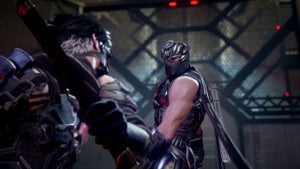 News
NewsGame Pass announces the first batch of games for October, including two classic RPGs and the most anticipated action game of the year
Read more
 News
NewsDwayne Johnson and Emily Blunt have a special chemistry on screen, and this classic available on Disney+ proves it
Read more
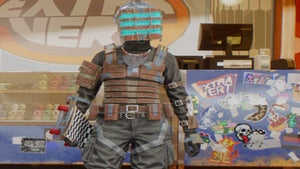 News
NewsEA alienates its community again with an overpriced cosmetic pack, this time in skate
Read more
 News
NewsSigourney Weaver was about to not appear in one of the Alien movies, but her director prevented it
Read more